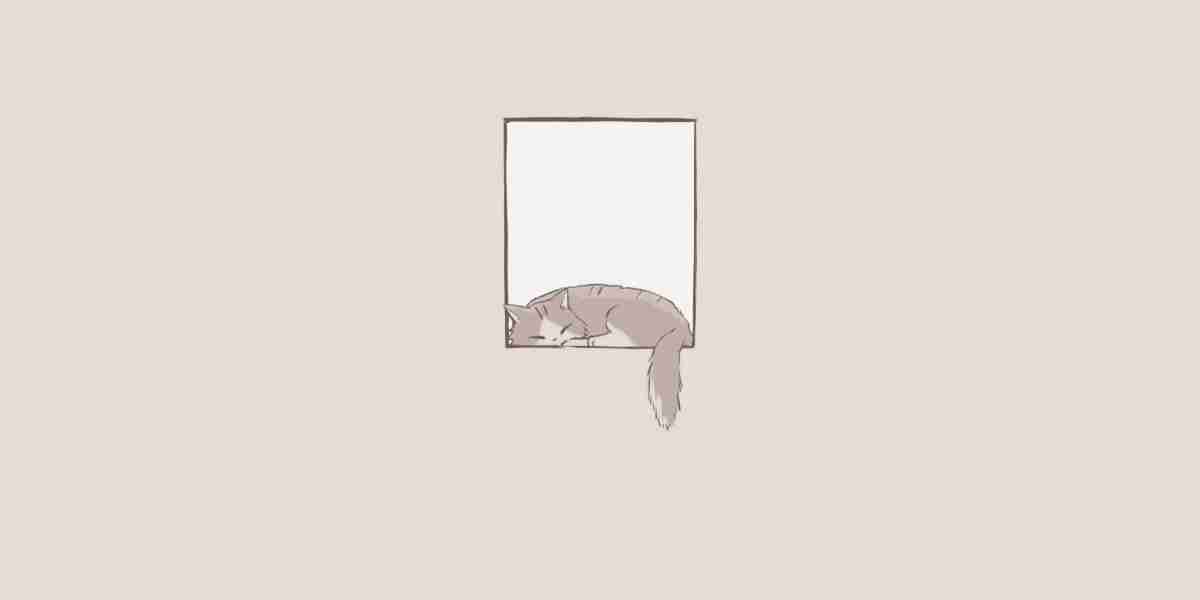3D printing has revolutionized manufacturing, enabling rapid prototyping and custom designs. However, many users encounter 3D printing failures that can hinder their projects. Understanding these failures is crucial for achieving successful prints. In this article, we will explore the most common types of 3d printing failures and provide insights on how to avoid them.
Understanding 3D Printing Failures
What exactly are 3D printing failures? These failures can manifest in various forms, including:
- Layer separation
- Under-extrusion
- Warping
- Stringing
Each type of failure has its own causes and solutions. By identifying these issues, users can enhance their printing experience and reduce waste.
Common Types of 3D Printing Failures
1. Layer Separation
Layer separation occurs when the layers of a print do not adhere properly to one another. This can lead to structural weaknesses and an overall failed print. Factors contributing to this issue include:
- Inadequate bed adhesion
- Incorrect temperature settings
- Improper filament quality
To mitigate layer separation, ensure that your print bed is clean and properly leveled. Additionally, adjusting the nozzle temperature can significantly improve layer adhesion.
2. Under-Extrusion
Under-extrusion happens when the printer fails to supply enough filament during the printing process. This can result in gaps and weak spots in the final product. Common causes include:
- Clogged nozzles
- Incorrect filament diameter settings
- Filament quality issues
Regular maintenance of the nozzle and using high-quality filament can help prevent under-extrusion.
3. Warping
Warping is a common issue where the corners of a print lift off the bed, leading to an uneven surface. This is often caused by:
- Rapid cooling of the material
- Poor bed adhesion
- Inadequate temperature control
To combat warping, consider using a heated bed and applying adhesives like glue sticks or hairspray to enhance adhesion.
4. Stringing
Stringing occurs when thin strands of filament are left behind as the print head moves between different areas of the print. This can be caused by:
- Excessive nozzle temperature
- Improper retraction settings
- Filament moisture absorption
Adjusting the retraction settings and ensuring the filament is dry can significantly reduce stringing.
Conclusion: Preventing 3D Printing Failures
By understanding the common types of 3D printing failures and their causes, users can take proactive steps to enhance their printing success. For a more detailed guide on preventing these failures, visit this resource. With the right knowledge and practices, you can minimize errors and maximize the potential of your 3D printing projects.








